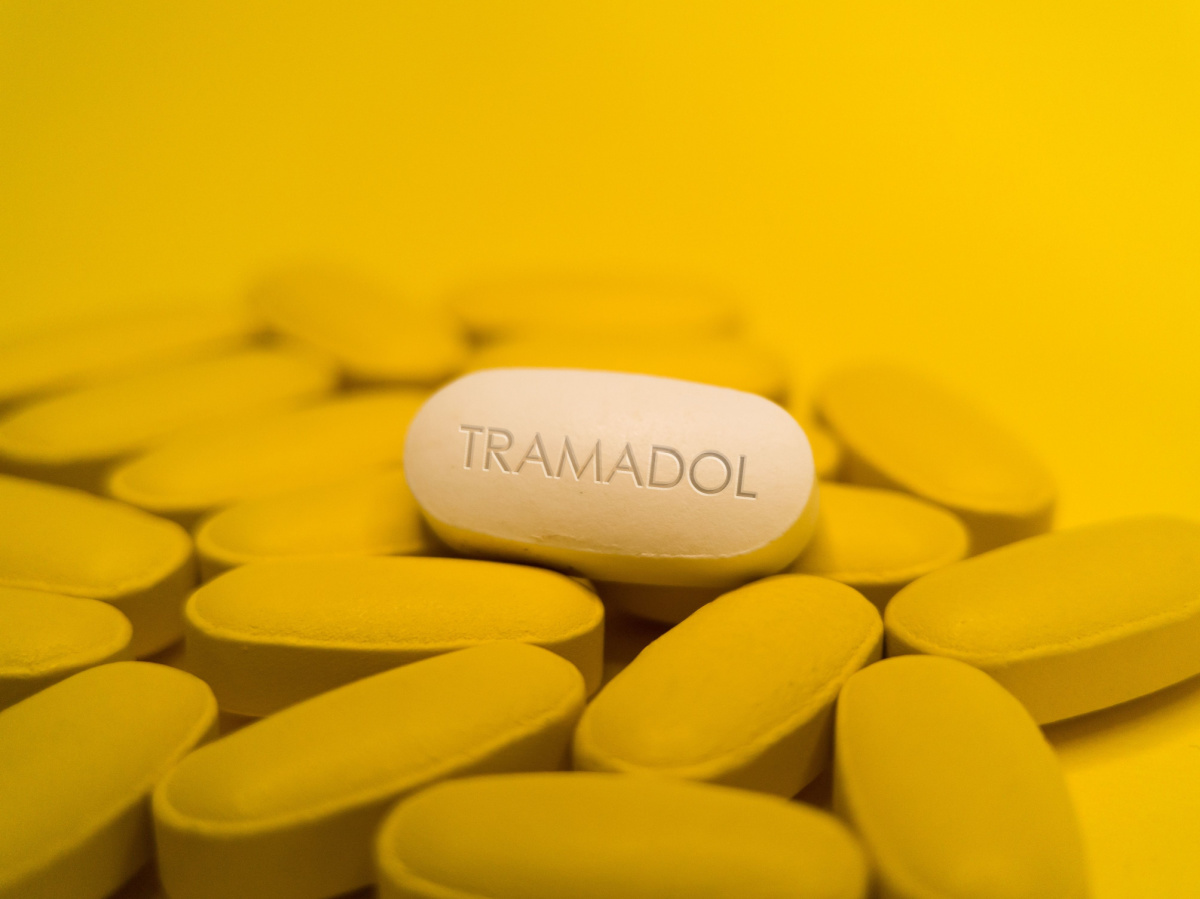
Key facts
- Tramadol is an opioid medicine used for the short-term relief of moderate to severe pain.
- It is not usually recommended for the treatment of chronic (long-term) pain.
- Tramadol is only available with a prescription from your doctor.
- If you stop taking tramadol suddenly, you may experience withdrawal symptoms, so ask your doctor how to reduce your dose safely.
What is tramadol?
Tramadol is an opioid medicine only available with a prescription from your doctor.
What is tramadol used for?
Tramadol is used for the short-term relief of severe pain. It should only be used when other forms of non-opioid pain relief have not been successful in managing pain or are not tolerated.
Tramadol is not usually recommended for the treatment of chronic (long-term) pain.
How does tramadol work?
Tramadol works directly on opioid receptors in the central nervous system and reduces feelings of pain by interrupting the way nerves signal pain between the brain and the body.
What forms of tramadol are there?
It is usually available as an oral tablet, although a liquid formulation is also sometimes used.
Tramadol is also available in a combination tablet together with paracetamol. Your doctor will prescribe the right form of tramadol for your circumstances.
If you are prescribed tramadol and paracetamol together, make sure you don’t take any other medicines that also contain paracetamol. This can increase your risk of paracetamol overdose.
What are the possible side effects of tramadol?
All opioids, including tramadol, can have side effects that include life-threatening breathing problems. The risk of these is higher:
- when you first take tramadol
- after a dosage increase
- if you are older
- if you have an existing lung problem
The side effects of tramadol are similar to those of other opioids, and include:
- constipation
- headache or dizziness
- fatigue or drowsiness (especially right after a dose)
- loss of appetite, nausea and vomiting
- sweating
- muscle weakness
Always take medicines exactly as prescribed by your doctor.
What are the risks associated with tramadol?
Opioids are strong pain-relief medicines and can cause life-threatening breathing problems.
Tramadol may make it difficult for you to drive or operate heavy machinery due to drowsiness. If you have recently started taking tramadol or another opioid medicine, or changed your dosage, you may be at a higher risk of having an accident.
If your kidney or liver function is impaired, your doctor may decide that tramadol is not appropriate for you. There are other factors that may limit your use of tramadol — for example, if you drink alcohol or take other medicines that can cause drowsiness.
Your doctor is the best person to advise you on whether tramadol is the right medicine for you, how much you need and how long to take it for. Your doctor will also guide you on when and how to stop taking tramadol.
Opioid dependence
If you take tramadol you may become dependent on this medicine if you take it regularly, even if you take it exactly as prescribed and for a short time only. Your doctor will monitor how you use tramadol to reduce your risk of harm, including through misuse, abuse and addiction.
You can also develop tolerance when you take tramadol. This means that you may need to take larger amounts of the opioid to get the same effect. As the dosage increases, so does the risk of side effects.
If you stop taking tramadol suddenly, you may experience withdrawal symptoms.
Access to overdose-reversing medication
Naloxone is a medicine that can temporarily reverse the effects of an opioid overdose. The Australian Government is offering this medication free of charge and without a prescription to people who may experience, or witness, an opioid overdose.
Are there any alternatives to tramadol?
Everyone’s pain is unique, and different pain-relief medicines will work in different circumstances. Some people’s pain will respond well to non-opioid medicines, which generally have fewer risks and side effects.
Always check with your doctor or pharmacist before making any change to the dosage or type of medicine you take.
If you have chronic (long-term) pain, your doctor might suggest lifestyle changes to help manage the discomfort. This may include:
- improving your physical fitness
- activity pacing
- social activities
- relaxation techniques
- overall health management
When should I see my doctor?
If your pain is not well controlled by tramadol or you have any new or unexpected side effects, see your doctor.
How do I dispose of medicines safely?
It’s important you dispose of unwanted opioid medicines safely. Unused medicines can be returned to any pharmacy. Don’t keep unused tramadol ‘just in case’, as this can lead to dangerous or inappropriate use.
Keep tramadol out of reach of children and pets. Never throw medicines into a garbage bin or flush them down the toilet, as this is dangerous to others and harmful to the environment.



